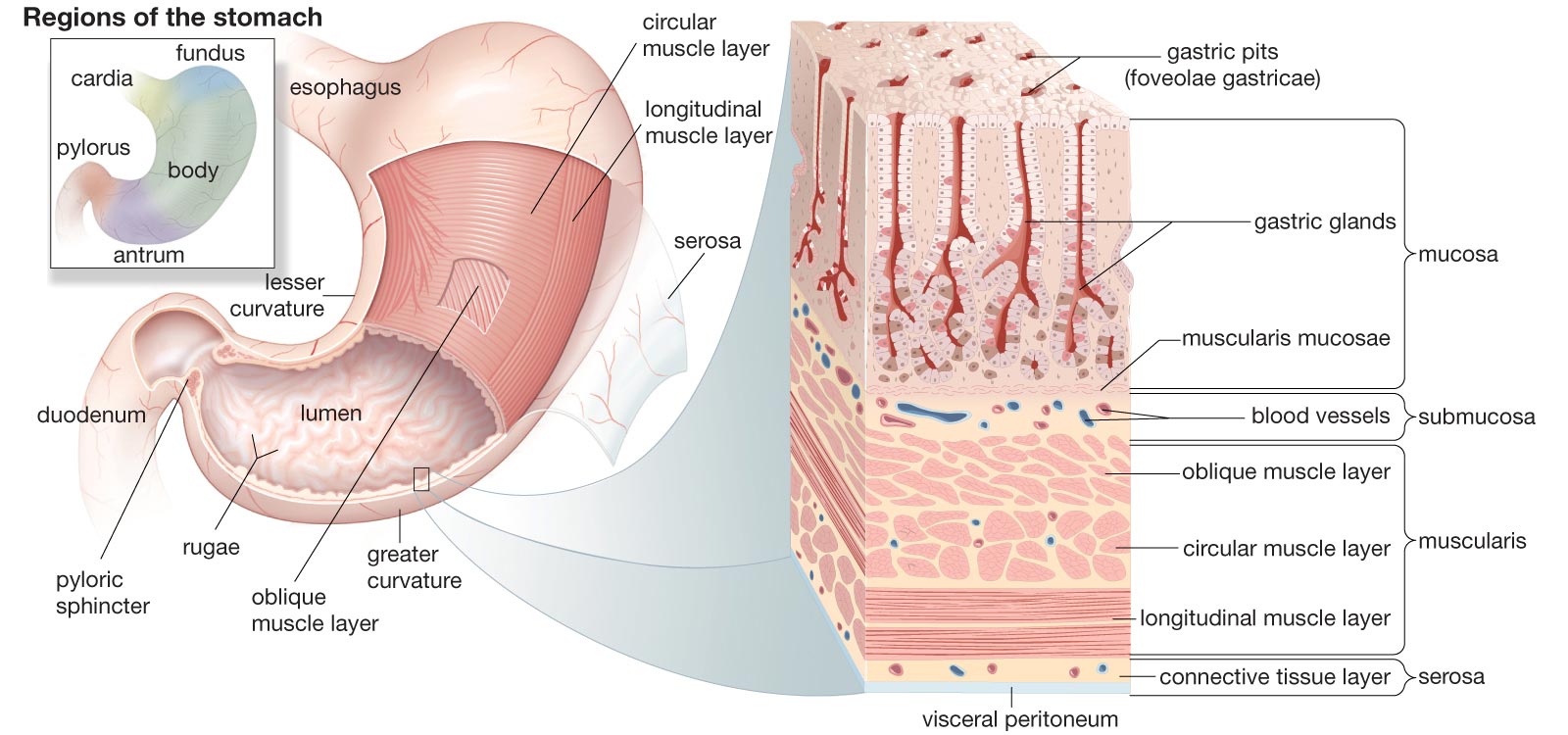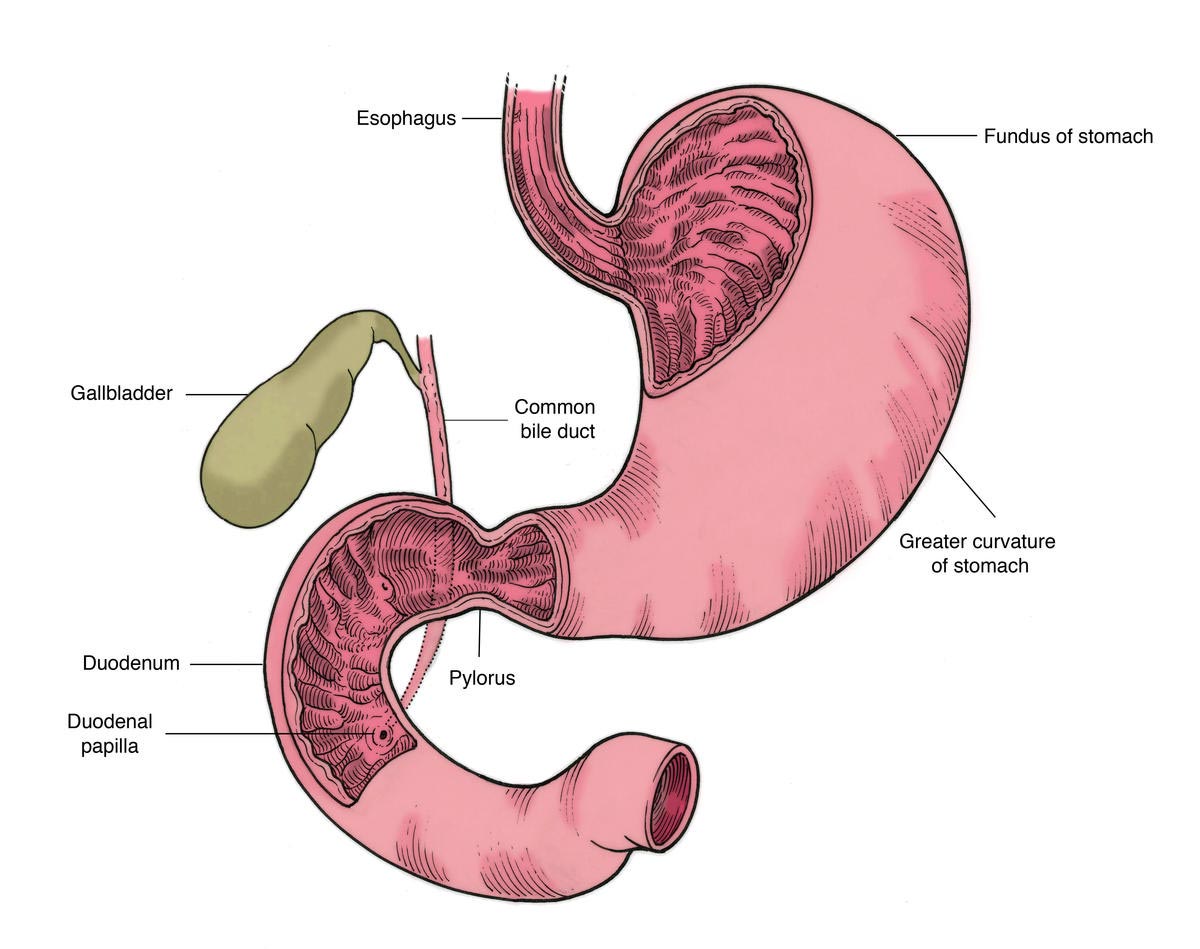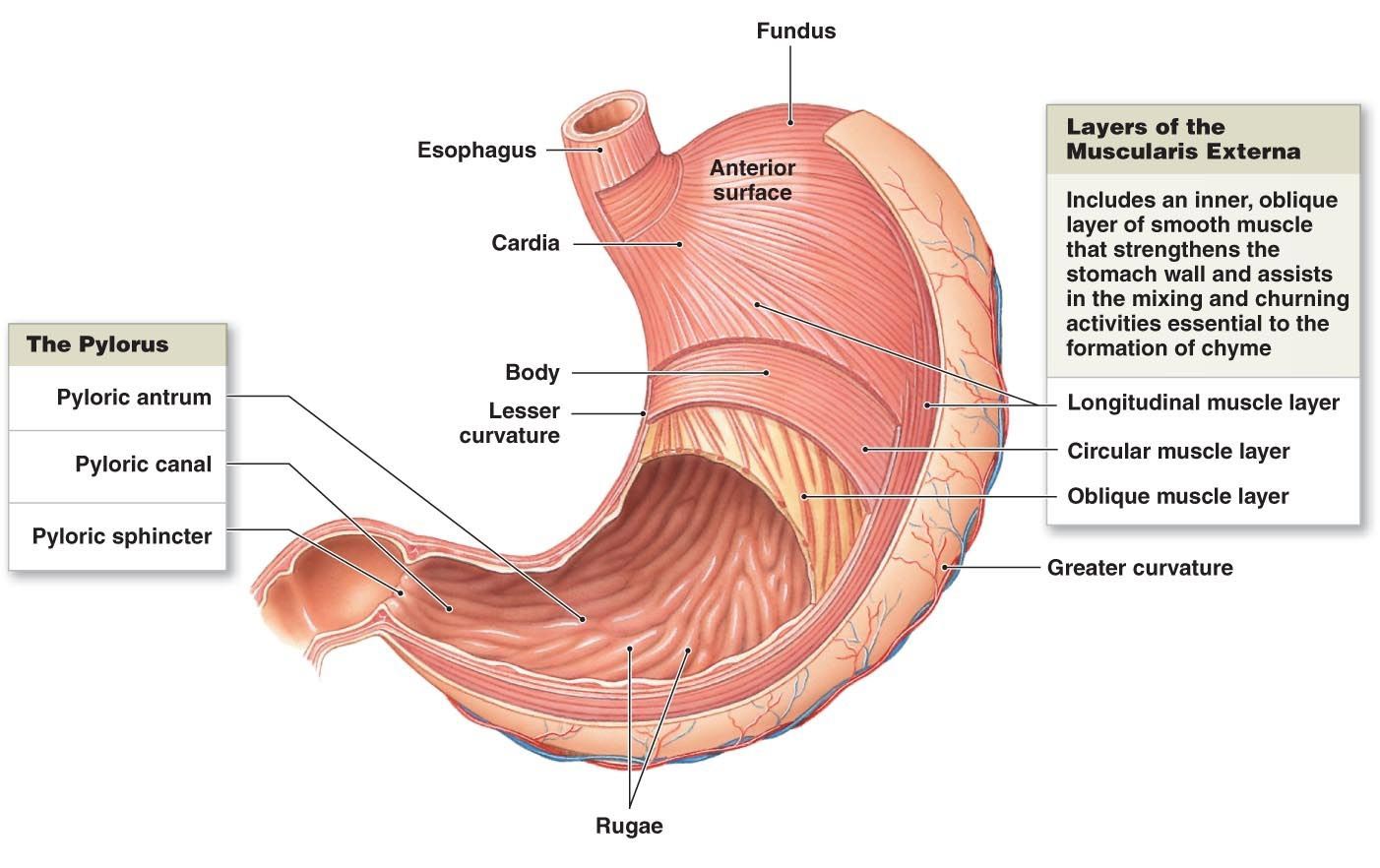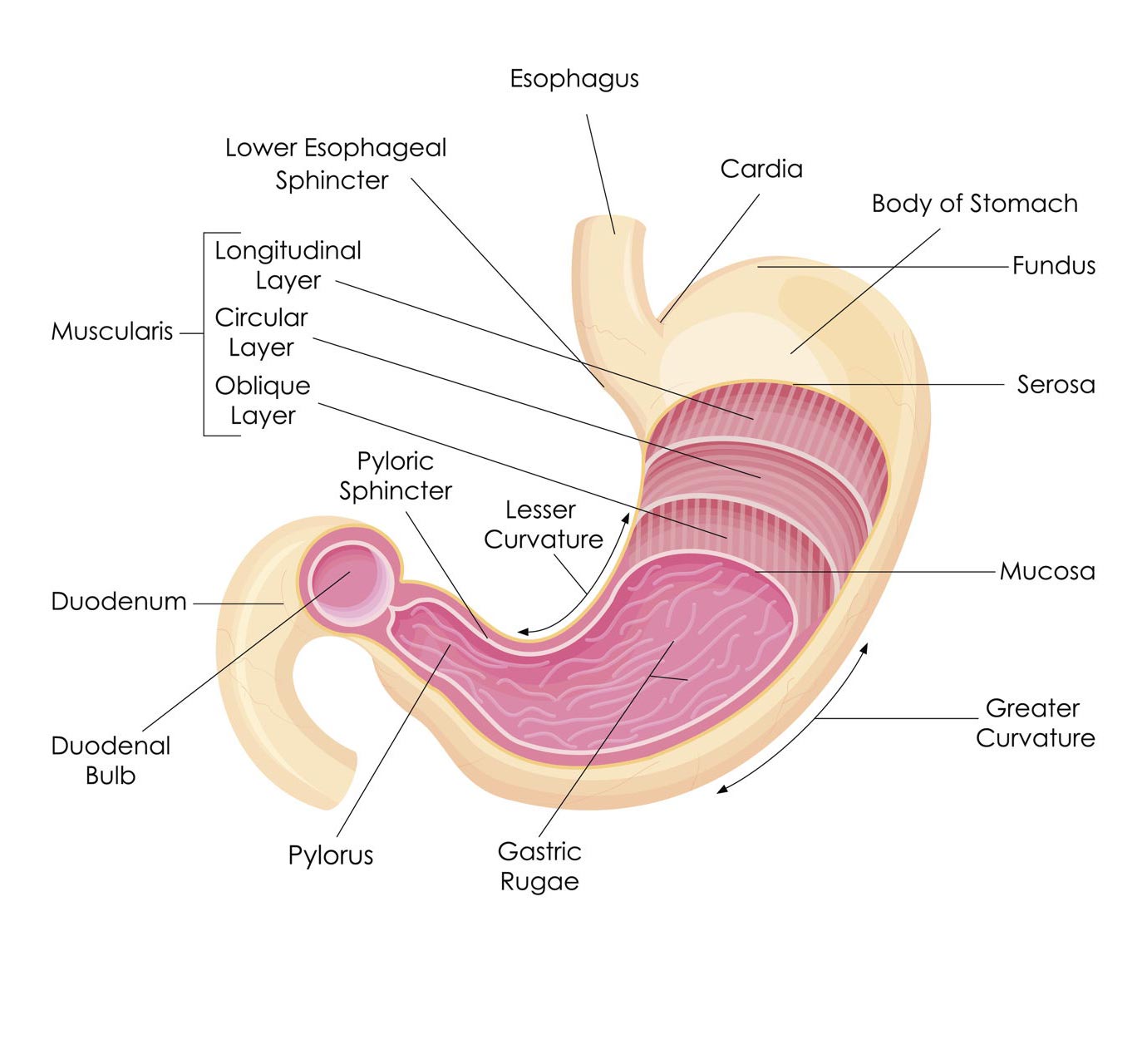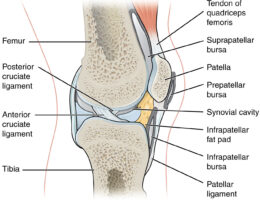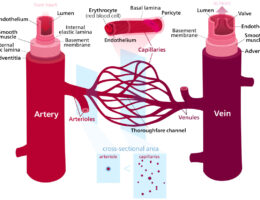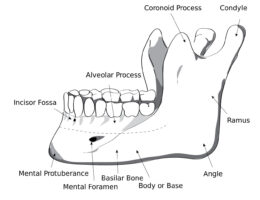The stomach is a muscular sac-like organ located in the upper abdomen, and it is a part of the digestive system. The stomach is a J-shaped organ that has four regions:
- Cardiac region: This is the uppermost part of the stomach, which is located at the junction of the esophagus and the stomach.
- Fundus: This is the uppermost part of the stomach that lies above the cardiac region.
- Body: This is the main part of the stomach that lies between the fundus and the antrum.
- Antrum: This is the lower part of the stomach that is continuous with the pyloric canal, which leads to the small intestine.
The stomach has two main types of cells: mucous cells and gastric cells. Mucous cells secrete mucus to protect the stomach lining from the acidic contents of the stomach. Gastric cells secrete hydrochloric acid, enzymes, and hormones to digest food and regulate digestive processes.
The stomach also has several important structures, including:
- Pyloric sphincter: This is a muscular ring located at the junction of the antrum and the small intestine. It regulates the passage of food from the stomach into the small intestine.
- Rugae: These are folds in the stomach lining that allow the stomach to expand and contract to accommodate varying amounts of food.
- Greater and lesser curvatures: These are the two main curves of the stomach that give it a crescent shape.
Overall, the stomach plays a crucial role in the digestive process, breaking down food into a form that can be absorbed by the small intestine.

